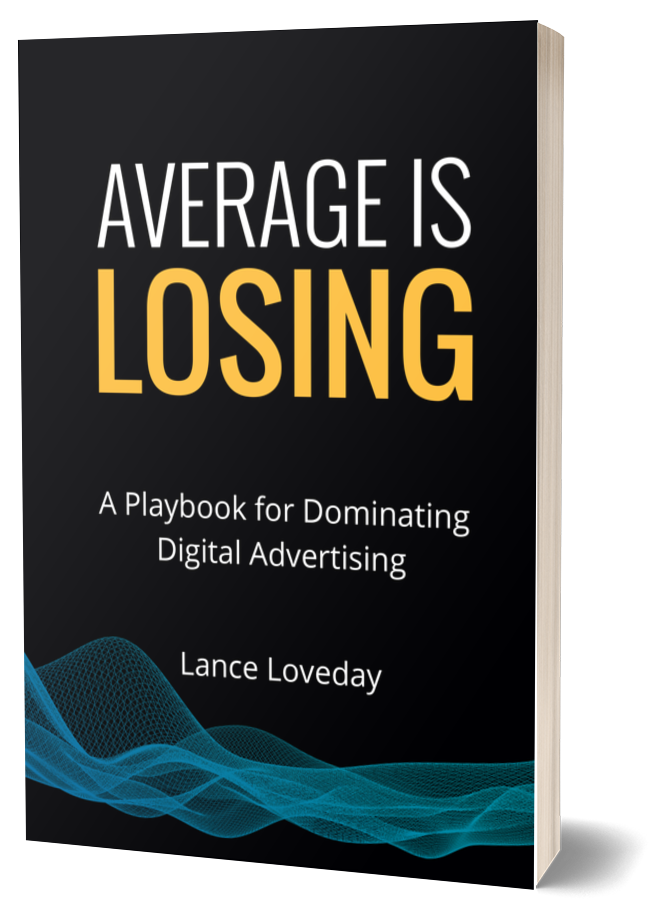Quality is king when it comes to B2B lead generation. Why?
Raking in tons of leads sounds good on paper. And the logic of more leads equating to more conversions sounds even better. However, that’s rarely ever the case.
The reality is your sales team working harder to chase down countless leads and filtering out those who have no intention of converting. When there’s an inefficient process, you’re inevitably wasting time, resources and budget.
That’s why quality always trumps quantity in B2B lead generation. Many marketers cite improving lead quality as a top objective with 88% of them allocating more budget toward the effort, according to a 2019 Ascend2 study. Targeting higher quality leads and deterring unqualified ones should be priorities of any paid media campaign.
And that starts with lowering volume—refining your campaigns to narrow in on the right audience with the right intent.
Check out these strategies and success stories from our experts below, illustrating how sometimes you have to take one step back to move two steps forward.

When a new client came on board, they saw hundreds of conversions weekly. However, those conversions weren’t leading to sales opportunities for their team.
We first tackled this challenge by connecting the dots between their marketing and sales funnels. By marrying their front-end ad platform data with their back-end Salesforce data, we identified campaigns driving leads that became opportunities. In this analysis, we also learned certain conversion actions, such as demo requests and specific content downloads, were positively correlated to campaigns attributed as opportunities.
From there, we shifted the majority of our ad budget away from the campaigns with a high volume of total conversions not driving the specific conversion actions not correlated to opportunities. Instead, we moved funds to the campaigns driving these higher value actions and opportunities. Yes, lead volume dropped. But this optimization resulted in a 678% increase quarter over quarter in the MQL to Opportunity rate, resulting in a massive improvement in lead quality and ROI from the channel.

If your leads aren’t qualified to move down the marketing and sales funnels, you are throwing money away. Dissecting your reports can help you uncover where your weaknesses and opportunities lie.
I use keyword and ad ID UTMs in my URLs to track performance at the ad and keyword levels. My clients are always impressed by the level of granularity this provides in our reporting. In this way, we can pull a CRM report and identify where each lead, MQL and opportunity originated. This also helps us understand the source of qualified leads and make adjustments to ensure our clients meet their goals.
Recently, I pulled a Pardot report for a client and discovered that a search campaign that appeared to drive nearly half of their leads only had a quality lead rate of 13%, which was suspiciously low. It turned out that many of the leads coming through were students doing research papers. I cleaned up our keyword set by switching several keywords from broad match to exact match and excluded the age range of 18 to 24 from being targeted by our ads to remove students doing research.
As a result, lead volume fell and CPL rose. But most importantly, lead quality improved 433%! While CPL rose, it meant more to the client that we were generating quality leads. We were then able to work with the budget saved. Spend also fell 16% on this campaign, allowing room to push extra budget saved from removing low quality leads toward another more cost-efficient campaign. This helped lead volume improve 14% across the channel, getting the team closer to hitting their lead generation goals.

Don’t be afraid to restructure an account if it is holding you back from success. I recently restructured two campaigns that were broken out by match types.
Google’s recent changes to match type and improvements in machine learning have created inefficiencies in this type of campaign structure. After profitability started declining, I analyzed the search queries, impression share and bid strategies. During my review, I saw the most profitable keywords were being cannibalized by lower profitability keywords (yet still converting). I combined the match types into one campaign and refocused the campaign on keywords showing the highest profitability. This change allowed tCPA to work efficiently at a lower tCPA since we only included top-performing keywords and match types.
When we implemented these changes, the campaign cost decreased by 43% quarter over quarter, but the profitability doubled. Total sales volume only decreased by 14% because we dumped the high-cost unprofitable keywords. Now that we’ve trimmed out the poor quality leads, we’re focused on maximizing growth from the high-quality traffic sources. We expect to be back above our sales volume baseline shortly, but with fewer leads, higher close rates—and happier sales reps.
Improving lead quality requires sacrifices. And that means filtering out lower quality leads so you can let more budget fall to higher quality traffic sources. While reducing lead volume may sound gut-wrenching in the short term, it’s often the path to unlocking even bigger long-term potential.
My new book, “Average is Losing” is finally here! I created this playbook to help savvy advertisers close the gap between winning and run-of-the-mill paid advertising campaigns.
It’s filled to the brim with the latest strategies, tactics and tips our Closed Loop experts use to help our clients seek exponential growth.
Are you ready to rise above average campaign performance? Start your business on the path to PPC domination today!
– Lance Loveday
